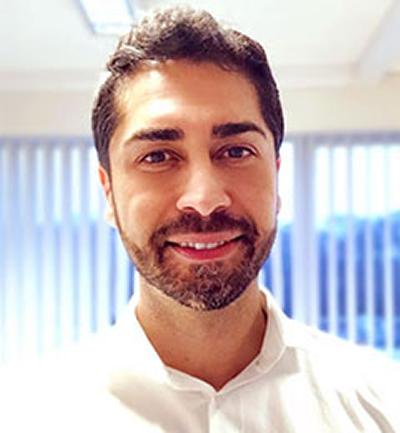NGCM students recently had the opportunity to take part in an AgileFrame project management course developed and run by Dr Serkan Ceylan; this was an online format which ran over 4 days in June 2020. The course gave a framework for successful project management which aimed to combine the strengths of both waterfall and agile approaches to project management.

Given the current effects of Covid-19 the course was held online using Blackboard Collaborate. This actually worked very well – Serkan had not delivered the course online before but worked hard to get our feedback and made it run very successfully. It was very interesting and useful, and I look forward to applying it in the future.

The course included AgileFrame’s Grounded Principles – principles which are necessary for achieving successful projects. These included ‘develop continuously’ which advocates an iterative develop process so that you can fail quickly, learn from your mistakes and improve the outputs from the project. ‘Focus on the dynamic value string’ described the dynamic value string going from activity through outputs, outcomes, benefits and ultimately value. Focussing on the benefits to be provided by a project and planning for these helps prevent discussions and planning getting mired in activities, where the number of required activities can quickly increase.
We were also introduced to the Iron Triangle of time, cost and quality. These are the variables available in a project and which are interrelated. So if you want your project to be finished quicker one of the other variables must change too: you can increase costs to get resources for the project to try and finish quicker, or you could reduce quality in some areas with the aim of taking less time. It was using the Iron Triangle that Serkan began to introduce waterfall and agile approaches.
In waterfall approaches the scope of a project is fixed and the time, cost and quality can vary. Serkan used the analogy of a train: before the project starts you need to plan where you are going to go and lay out the tracks, during the project you are then constrained to follow the tracks you have laid out – you have a fixed scope. In agile an opposite approach is taken where time, and cost and quality, are fixed and scope is varied. Here Serkan used the analogy of a sailing boat: you are on the open water and can sail your boat in whatever direction you please. The project is broken down into chunks of work which are then prioritised and working in fixed time intervals this backlog of work is completed in priority order.
AgileFrame aims to provide a framework which can include both of these approaches. It was useful to learn about each and how to combine their strengths, and I have started to incorporate what I have learned into managing the remainder of my PhD.
Written by James Bailey
